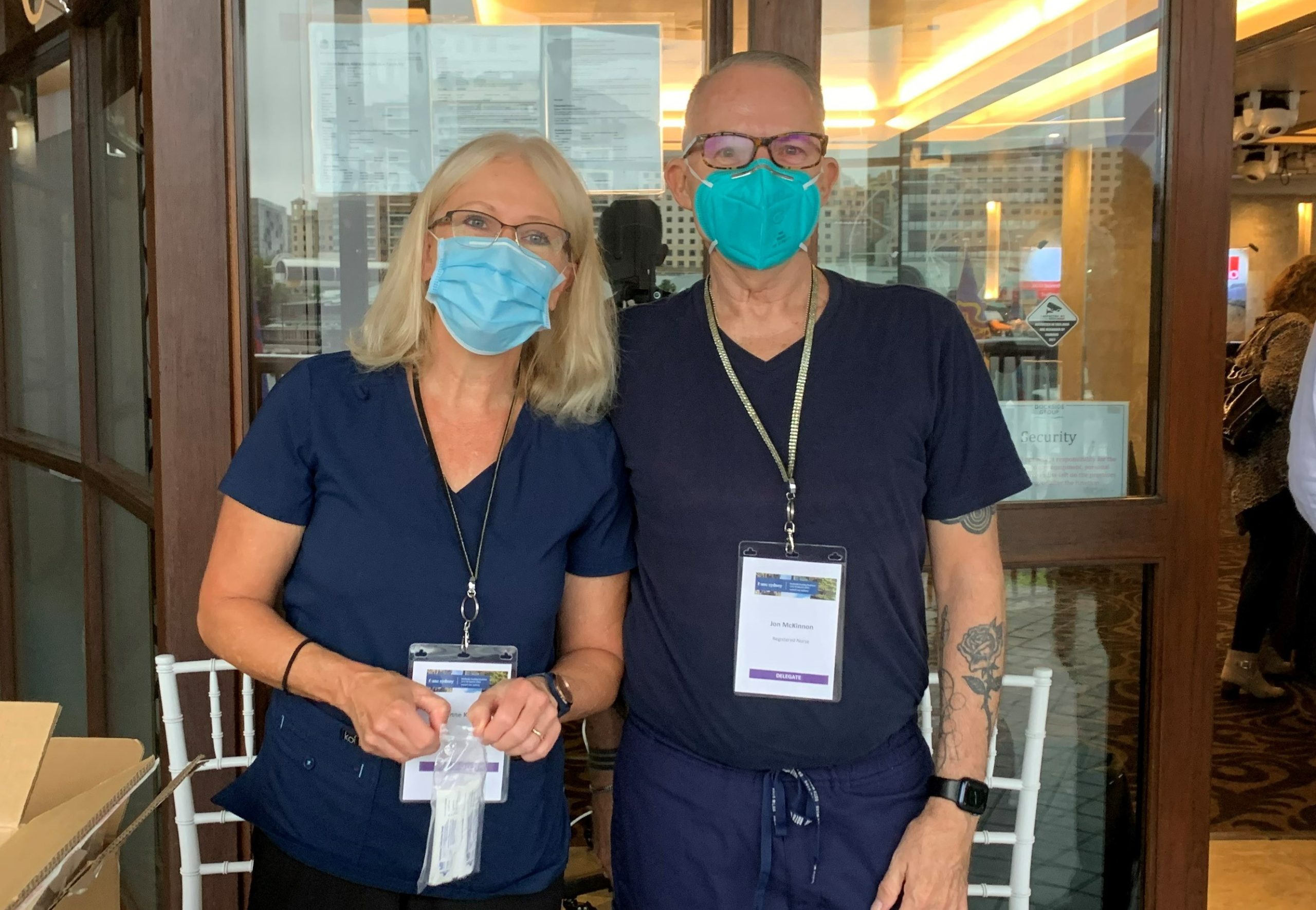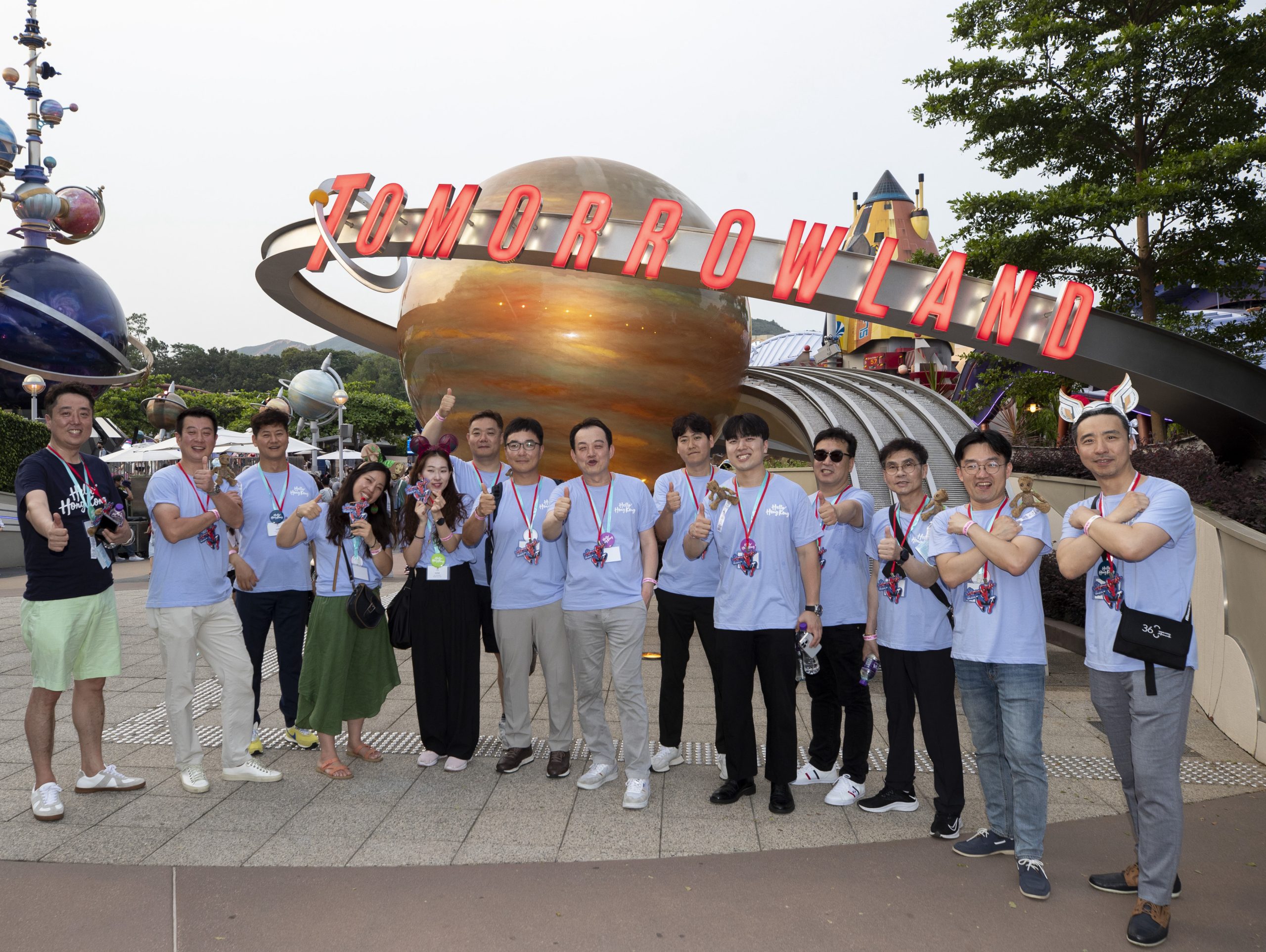Companies keen to put an Indiana Jones twist to their staff outings may find that true adventure lies beneath in this collection of subterranean spaces, offering a glimpse into the earth’s treasures, a step back in time or the chance to dine and make merry in an unusual setting.

KARST SYSTEM
Drum Cave, Halong Bay, Vietnam
Where is it?
Nearly 2,000 limestone karst islands dot the scenic Halong Bay, located in the picturesque northeastern Quang Ninh province of Vietnam. The limestones formed over 500 million years while the karst formation evolved over 200 million years.
What makes it special?
Several of the islands feature with large caverns – among them Drum Cave. It is so named because the wind blowing through the stalactites and stalagmites creates a sound similar to drumbeats.
What can groups do there?
Emeraude Classic Cruises’ annual Wine and Dine Cruise allows groups to appreciate the bay’s scenic beauty in luxury. It begins with breakfast at the Hanoi Press Club, after which, guests hop onto a chartered bus to Halong Bay where they board the Emeraude, a replica of a 19th-century paddle steamer, for an overnight cruise that includes champagne, a seafood buffet, and volleyball on one of the bay’s islands. Groups can also enjoy tapas and wine tasting before visiting Drum Cave for dinner.
The cave’s craggy interior is lit by candles and by the moonlight beam filtering in from its mouth. An elegant dinner set-up worthy of any five-star hotel completes the ambiance.
The group is served a four-course meal with wine pairings and ends the evening with Johnnie Walker Blue and Singleton single malt tastings on the Emeraude’s sun deck before retiring to their respective cabin.
Best time to visit
The next sailing is on May 14, 2011.
Group size
Tickets cost US$245 per person based on double occupancy. The boat can be chartered for a maximum of 74 people.
Contact
CELLARS’ MARKET
Milestii Mici, Moldova
Where is it?
Milestii Mici is about 18km south of Chisinau, the capital of Moldova, a country sandwiched between Romania and Ukraine. Go 40m to 85m beneath the small settlement, and you’ll find the world’s largest wine cellar. Airlines such as Lufthansas and Austrian Airlines serve Chisinau International Airport.
What makes it special?
Guinness World Records credits Milestii Mici as the world’s largest wine cellar by number of bottles. It extends for 250km, of which only 120km are currently in use. It holds close to two million bottles, of which about 60 percent are reds, 30 percent whites and the remaining desert wines.
What can groups do there?
Groups can take a guided tour of the underground facility, where they can view rare samples, learn to store wine correctly and learn all about the history of Milestii Mici and Moldova’s wine industry. They then head to the tasting room to savour wines paired with a traditional Moldovan meal.
Best time to visit
The underground cellar stays at a constant 12°C to 14°C year-round, so don’t forget to bring a warm jacket even in summer.
Group size
Tours can accommodate groups of two to 100, with the cost starting from MDL250 (US$20.76), lasting approximately two hours.
Contact
SCALING NEW HEIGHTS
Batu Caves, Selangor, Malaysia
Where are they?
Located in the Gombak district, 13km north of Kuala Lumpur, the Batu Caves take their name from the nearby Sungai Batu.
What makes them special?
This series of caves and temples in a huge limestone outcrop, rising approximately 100m from the ground, is one of the most popular Hindu shrines outside India. It is also the place where the yearly Thaipusam festival is held, when devout Hindu pilgrims from around the region flock to the site.
What can groups do there?
The cave’s most striking feature is the 42.7-metre-tall statue of Murugan, a Hindu deity, perched at the entrance of the caves beside the 272 steps leading to the main temple cave.
Visitors who make the climb and venture into the cavern’s shady, cool interior are greeted by ornate Hindu shrines and statues. An audio tour is available to guide visitors around the attraction.
As if the steep hike up weren’t enough, there’s also the chance to scale the stone walls: the caves are popular among rock-climbing enthusiasts. There are six walls, and more than 100 routes up them, which range from easy to challenging. Rock-climbing guides such as Nomad Adventure provide supervised climbing excursions to the caves. Try performing the activity together in small teams to foster team building and friendly competition.
Best time to visit
Between July and September before the start of the wet season. Remember to avoid the late January period unless you want to be jostled by the Thaipusam crowd.
Group size
Nomad Adventure can handle around 60 people per entry.
Contact
GOLD RUSH
Sovereign Hill, Ballarat, Victoria, Australia
Where is it?
Ninety-minutes’ drive from Melbourne is the 25ha Sovereign Hill, one of the world’s riches alluvial goldfields.
What makes it special?
Sovereign Hill recreates the town that sprung around Ballarat at the onset of the gold rush in the early 1850s. Described as Australia’s best outdoor museum, the main streets and surrounds of this multi-awarded destination are lined with over 50 19th century-style shops and businesses including hotels, schools, theatres, bakery, jewellers, blacksmiths, pottery kilns, carriage builders and a wheelwright’s factory. There are also two underground mines to explore.
What can groups do there?
Groups are encouraged to actively participate to get a tangible feel of life in a vintage Australian goldfield. Above ground, they can watch the staff in period costumes plying the trade of various townspeople. Groups also have the opportunity to get down on their knees at Red Hill Gully Creek and pan for gold. An indispensable part of the Sovereign Hill experience is the mine tour. Groups take the train ride in total darkness down the mines to see for themselves century-old mining techniques and specks of gold glinting on the rocks. Visitors can choose different tours such as the Labyrinth of Gold, Trapped and Secret Chamber. One of the highlights of this experience is being led into the Gold Pour Room where a goldsmith gives an onsite demonstration of pouring A$80,000 (US$81,350) worth of molten gold to create a gold bar. Tours last between 12 and 50 minutes underground.
Best time to visit
All-year-round. As the mine is at a maximum depth of about 33.53m, the temperature below is at a constant 14°C. Groups may want to consider avoiding peak holiday seasons.
Group size
Depends on the type of mine tour booked. Labyrinth of Gold can hold a maximum of 33 people per tour, which is the capacity of the incline rail used to enter the mine. Capacity for simultaneous entry in the mine is more than 250 souls underground at any given time.
Contact
BATTLE PLAN
The Battle Box, Fort Canning Park, Singapore
Where is it?
Fort Canning Park is an oasis of lush greenery nestled within Singapore’s city centre. What was once known as “Forbidden Hill” and believed to be the seat of ancient royalty is now an area for activities ranging from bird watching to heritage sightseeing to concerts and performances. The oasis is conveniently near the Orchard and Dhoby Ghaut MRT Stations, the central business district and Clarke Quay, one of the city’s most vibrant entertainment hubs.
What makes it special?
Its unique location is half the battle won. Fort Canning Park still boasts structures that hark back to the days of World War II, when Singapore was still under British colonial rule until the Japanese invasion. A stroll through the area will reveal aging walls; gates; cannons; a restored British military structure – now Hotel Fort Canning; and The Battle Box, an underground bunker where British forces surrendered Singapore to the Japanese on February 15, 1942.
What can groups do there?
Groups, who tour the bunker as a pre-event activity, are transported back to the morning of February 15, 1942 through audio and video effects, high-quality animatronics and life-size wax figures. There is also a room within the Battle Box ideal for small functions such as a lecture or a board meeting of between10 and 15 people. However, food and beverages are not allowed to be served here.
Best time to visit
Any time between July and October, before the rainy season from November to January, is recommended. The Battle Box is open daily between 10am and 6pm.
Group size
The Battle Box can accommodate 40 people at any one time, while the function room holds a maximum of 20.
Contact
With additional reporting by Gigi Onag


